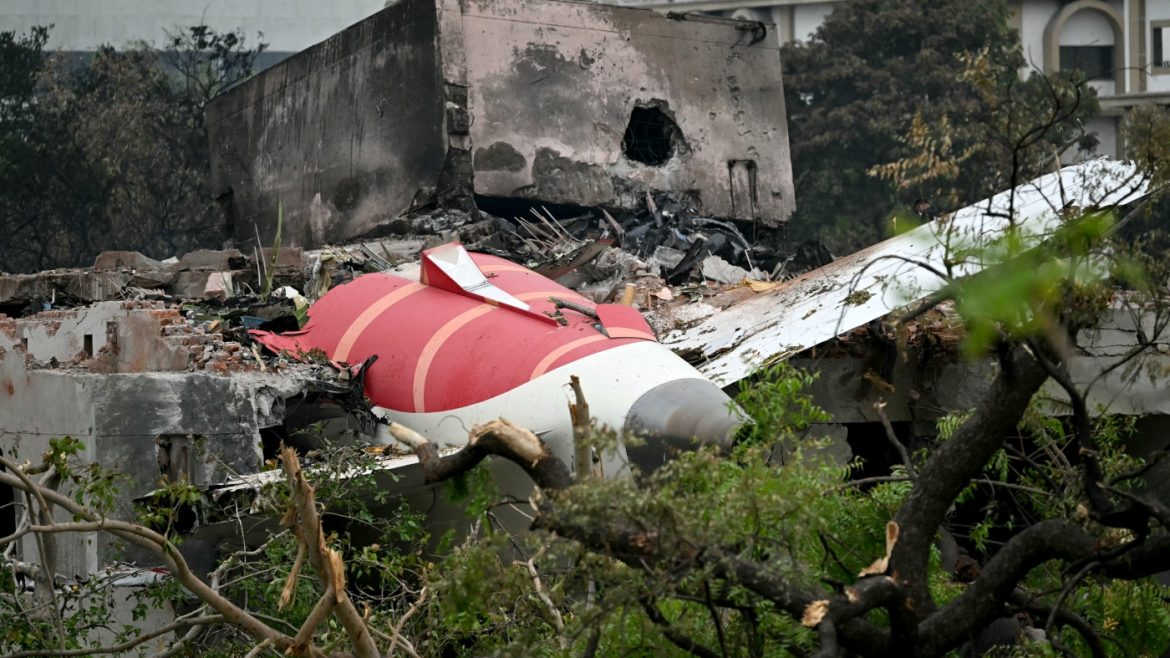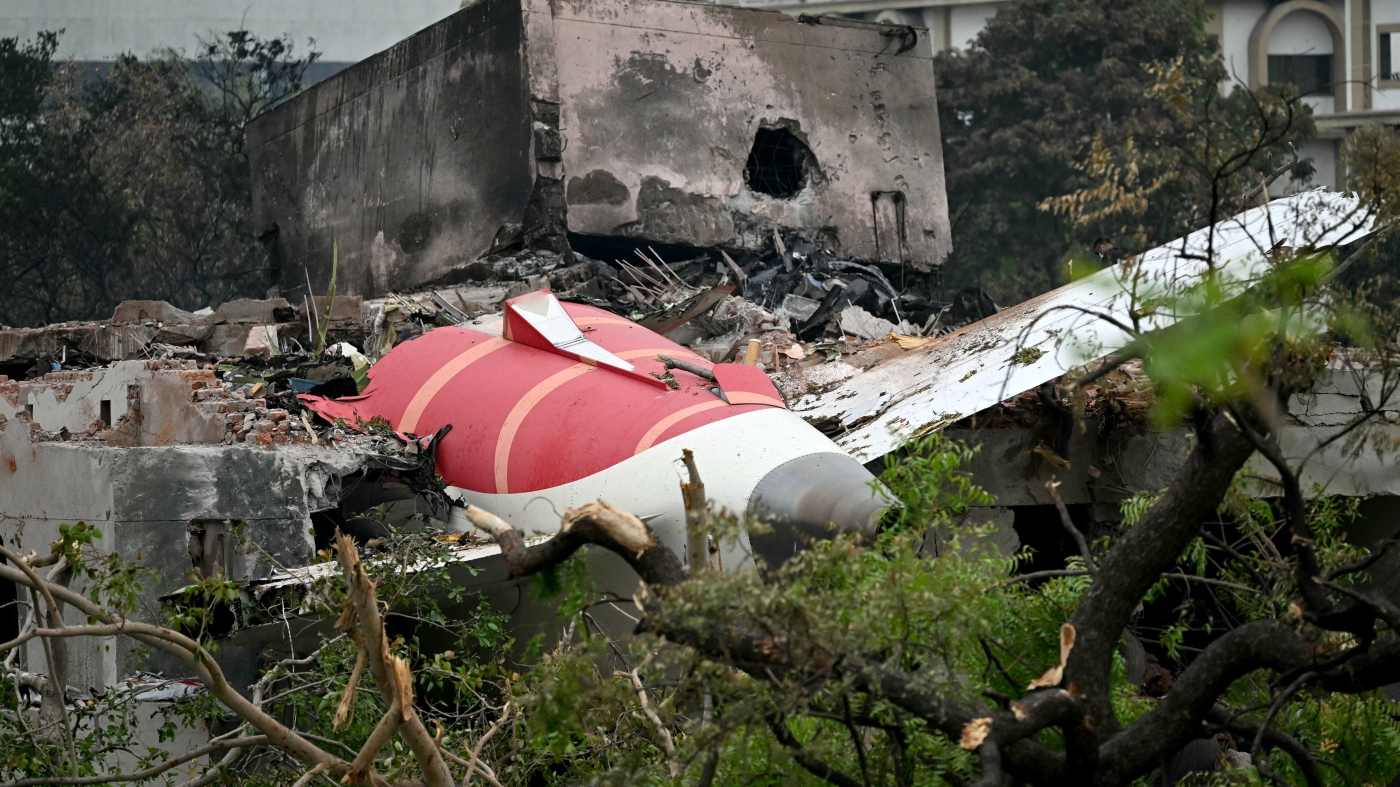Unraveling the Tragedy: The Air India Plane Crash Investigation
On June 12, 2025, a catastrophic aviation disaster struck India when an Air India Boeing 787-8 Dreamliner, Flight AI171, bound for London’s Gatwick Airport, crashed shortly after taking off from Ahmedabad airport in Gujarat. Carrying 230 passengers and 12 crew members, the crash resulted in the deaths of 241 people onboard and several more on the ground, leaving a sole survivor amid one of the deadliest aviation tragedies in India’s history. The incident has triggered a comprehensive investigation aimed at uncovering the causes behind this devastating event.
—
The Immediate Aftermath: Recovery and Initial Inquiry
One of the crucial breakthroughs in the investigation was the recovery of the plane’s black box, the digital flight data recorder, within 24 hours of the crash. This equipment is critical in piecing together the flight’s final moments, capturing cockpit conversations and flight parameters, thus providing investigators the foundation to understand what transpired onboard.
Indian authorities, with cooperation from the U.S. National Transportation Safety Board and Boeing experts, promptly initiated an inquiry through the Aircraft Accident Investigation Bureau. Prime Minister Narendra Modi visited the crash site, underscoring the national gravity of the event while ordering immediate maintenance checks on the entire Air India fleet of Boeing 787 Dreamliners.
—
Focal Points of the Investigation: Technical and Operational Factors
Reports emerging from the inquiry highlight a particular focus on the aircraft’s engine, flaps, and landing gear systems — critical components involved in the aircraft’s ability to gain altitude and maintain controlled flight after takeoff. A central question remains why the plane failed to gain sufficient altitude minutes into its flight, leading to its fatal descent into a medical college hostel on the outskirts of Ahmedabad.
The fact that the aircraft issued a MAYDAY call moments before losing contact with air traffic control indicates the crew recognized a severe problem, although the exact nature—whether mechanical failure, pilot error, or other external factors—is still under examination.
—
Contextual and Broader Implications
This disaster represents one of the worst aviation losses in over a decade for India, raising concerns about aircraft maintenance regimes, air traffic control infrastructure, and emergency response mechanisms. The recovery efforts and investigations have mobilized numerous agencies, including international aviation regulators and aircraft manufacturers, underscoring the complex and multifaceted nature of modern aviation safety oversight.
Moreover, the crash’s setting in Ahmedabad, a major city in western India, highlights the potential risks aviation accidents pose to densely populated urban areas near airports. The firestorm triggered by the impact wrought additional casualties on the ground, exacerbating the tragedy.
—
The Human Cost and National Reverberations
Beyond the technical and procedural aspects of the investigation lies the profound human toll: 265 lives lost, families shattered, and a nation grieving. The lone survivor, a British man, has become a poignant symbol amidst the overwhelming loss, and his testimony may prove vital in understanding the chain of events.
Prime Minister Modi’s visit was not just ceremonial but reflected a resolute governmental response to ensure accountability and transparency. It also signaled a promise to improve aviation safety standards and provide support to the victims’ families.
—
Conclusion: Towards Understanding, Accountability, and Prevention
The Air India crash investigation is still in its early stages, but it already frames a narrative of a tragic failure in a critical phase of flight operations—takeoff and initial climb. The recovery of the black box and involvement of global experts augur well for a thorough analytical process. The insights gained will be crucial not only in assigning cause and responsibility but also in shaping future safety protocols to guard against repeat catastrophes.
This disaster stands as a somber reminder of aviation’s inherent risks and the relentless imperative of vigilance in aircraft maintenance, pilot training, and systemic oversight. The Indian government’s swift action and transparent approach aim to honor the victims by fostering safety improvements that can restore public trust in air travel and prevent such calamities in the years ahead.


